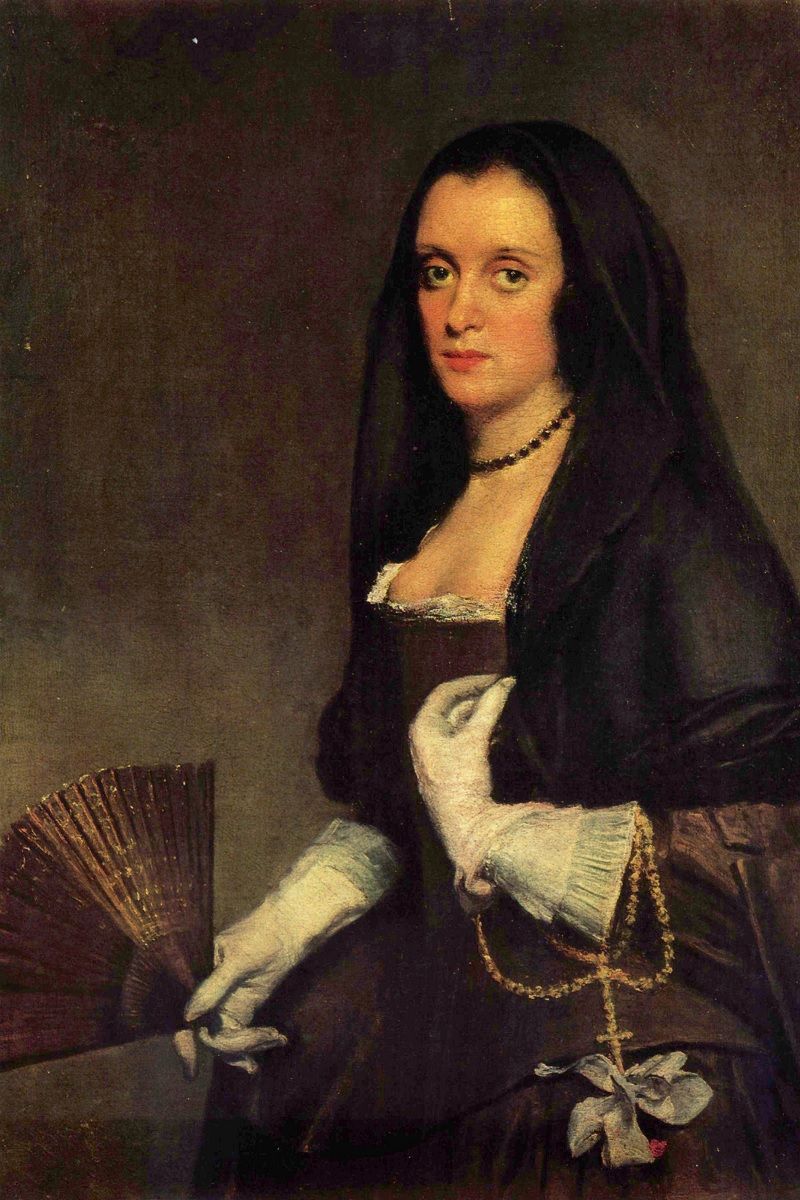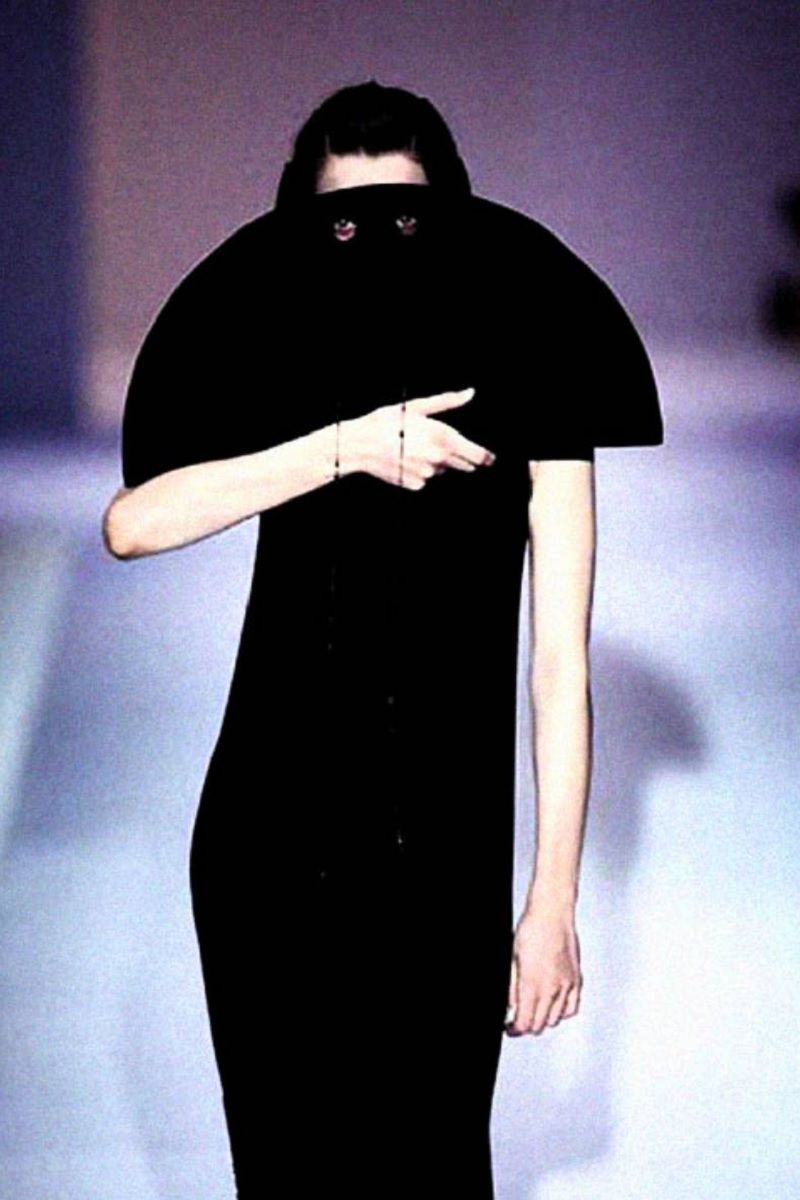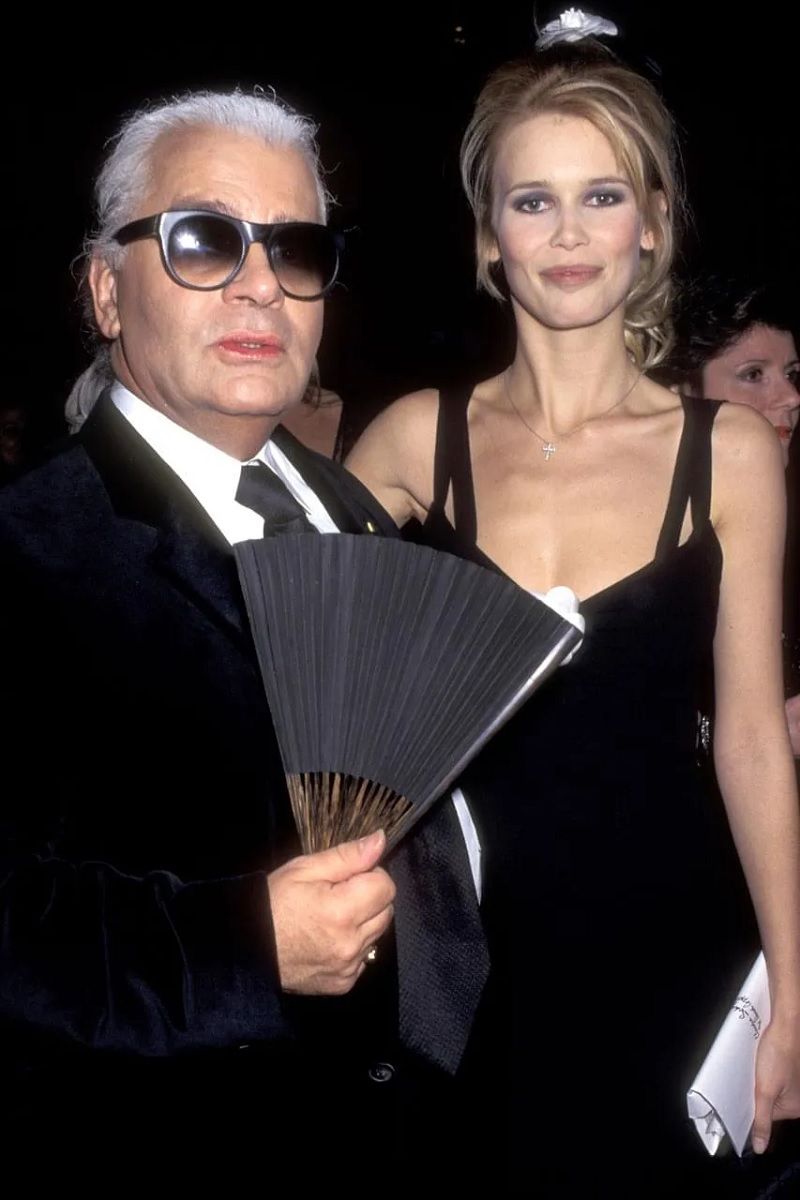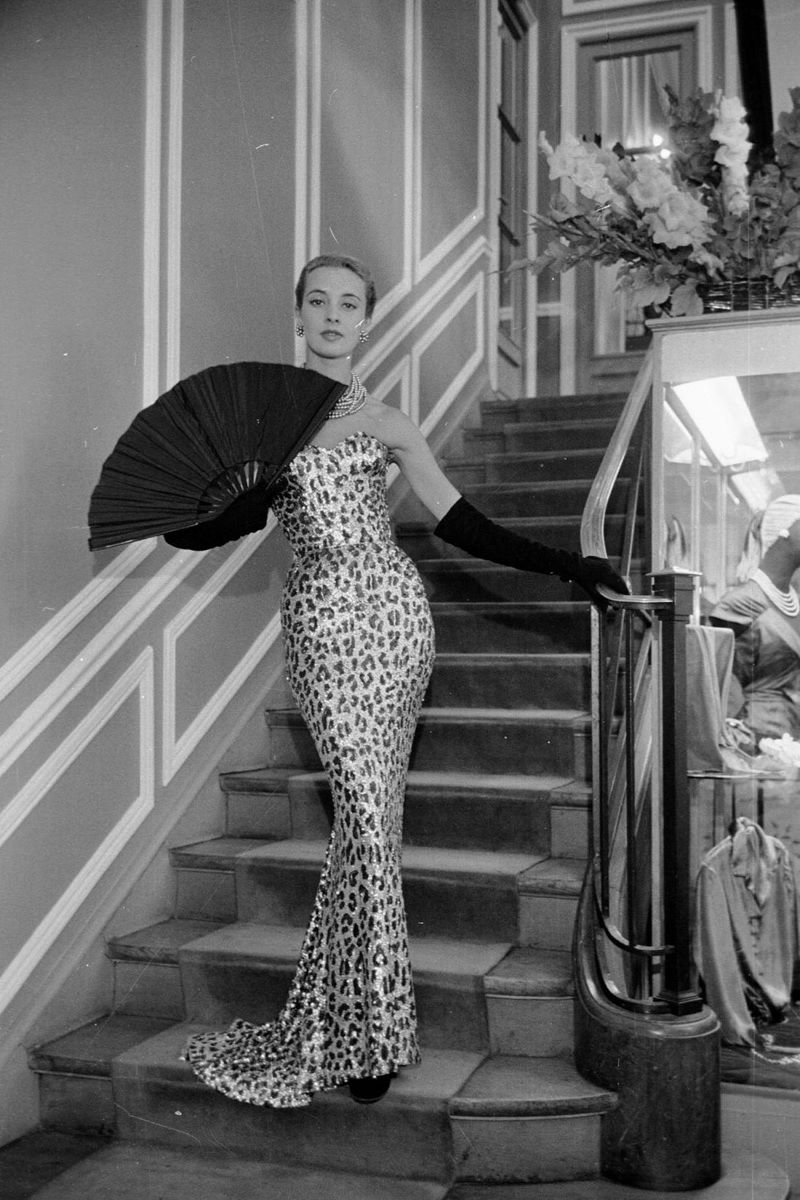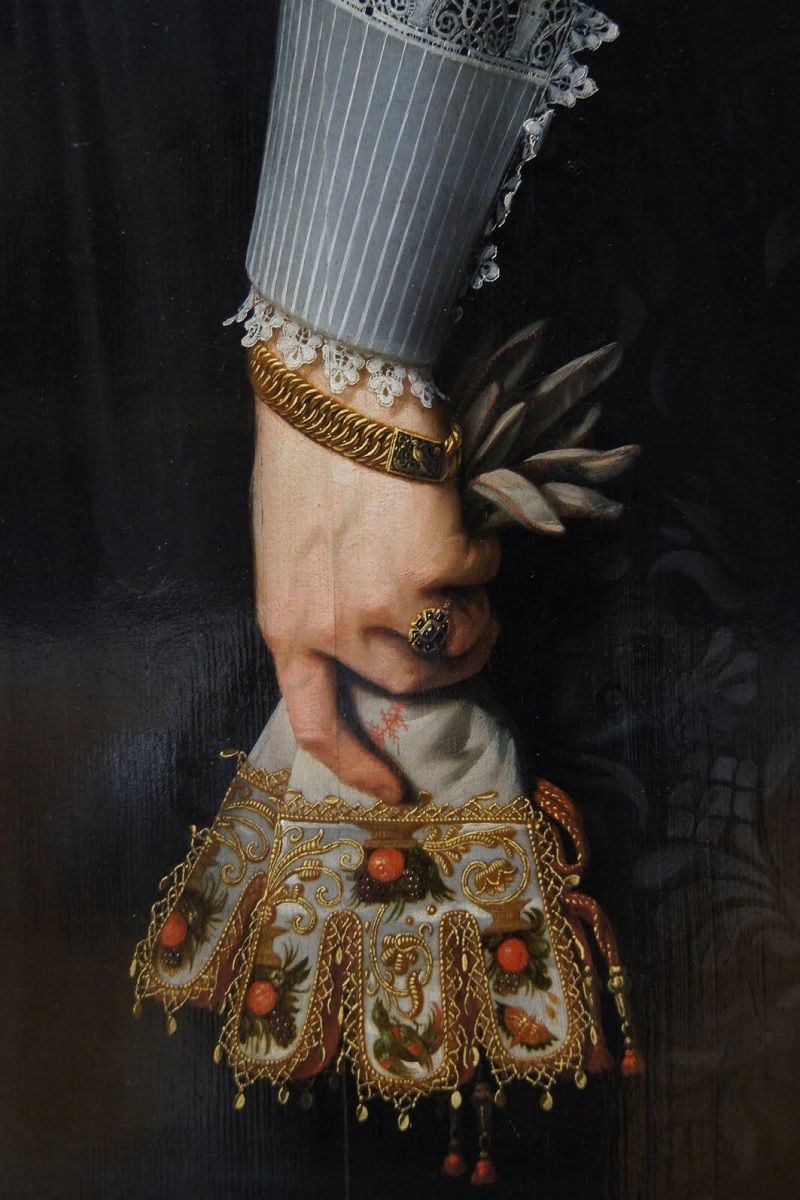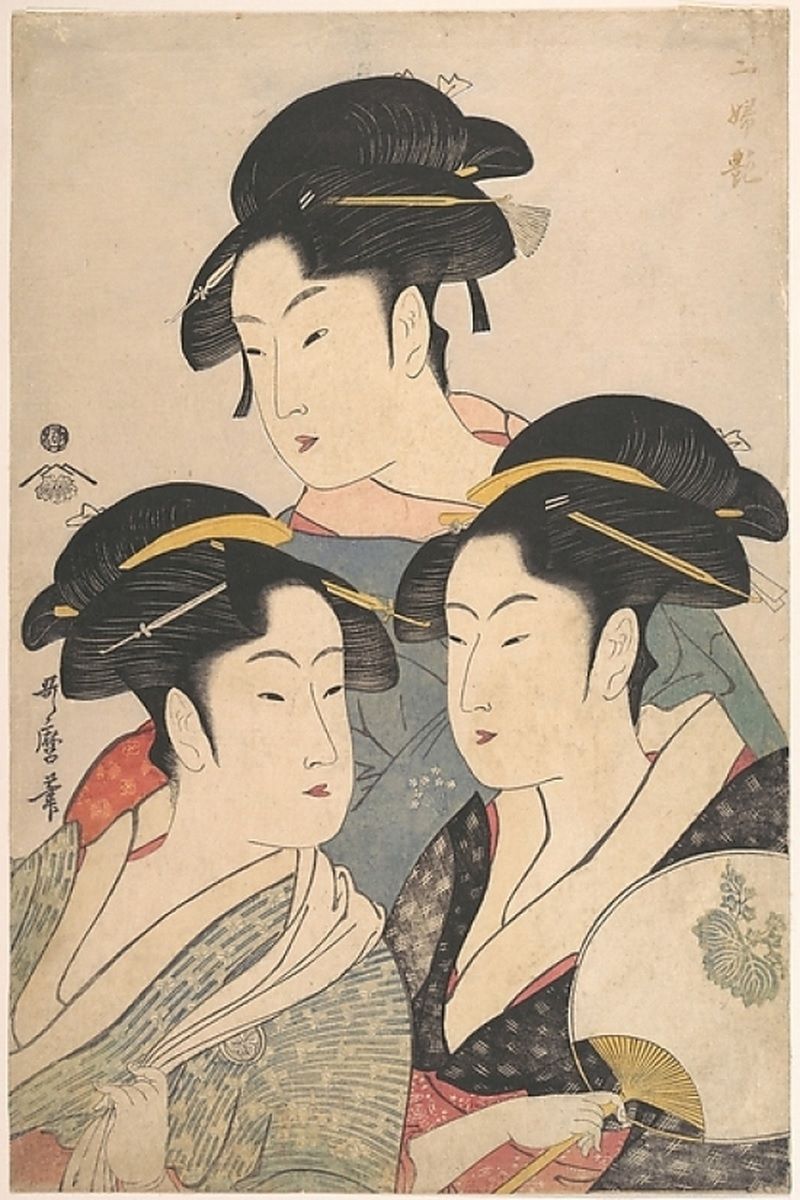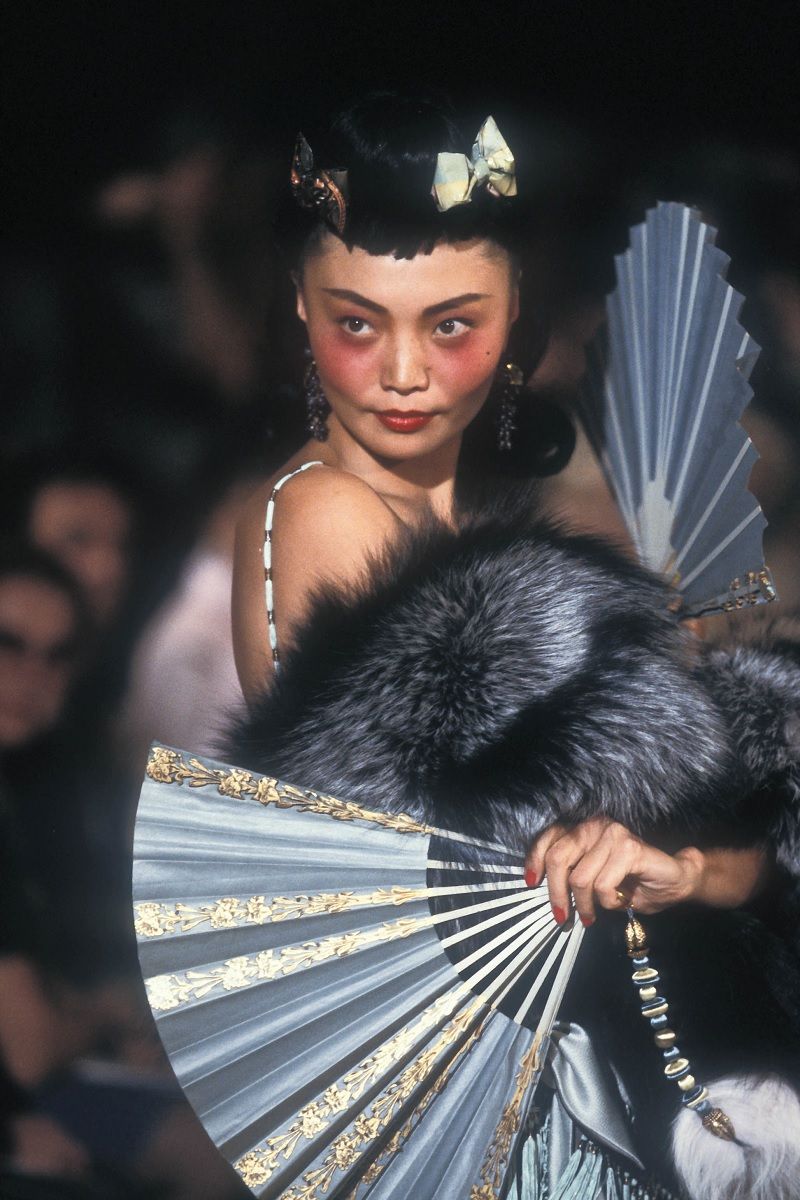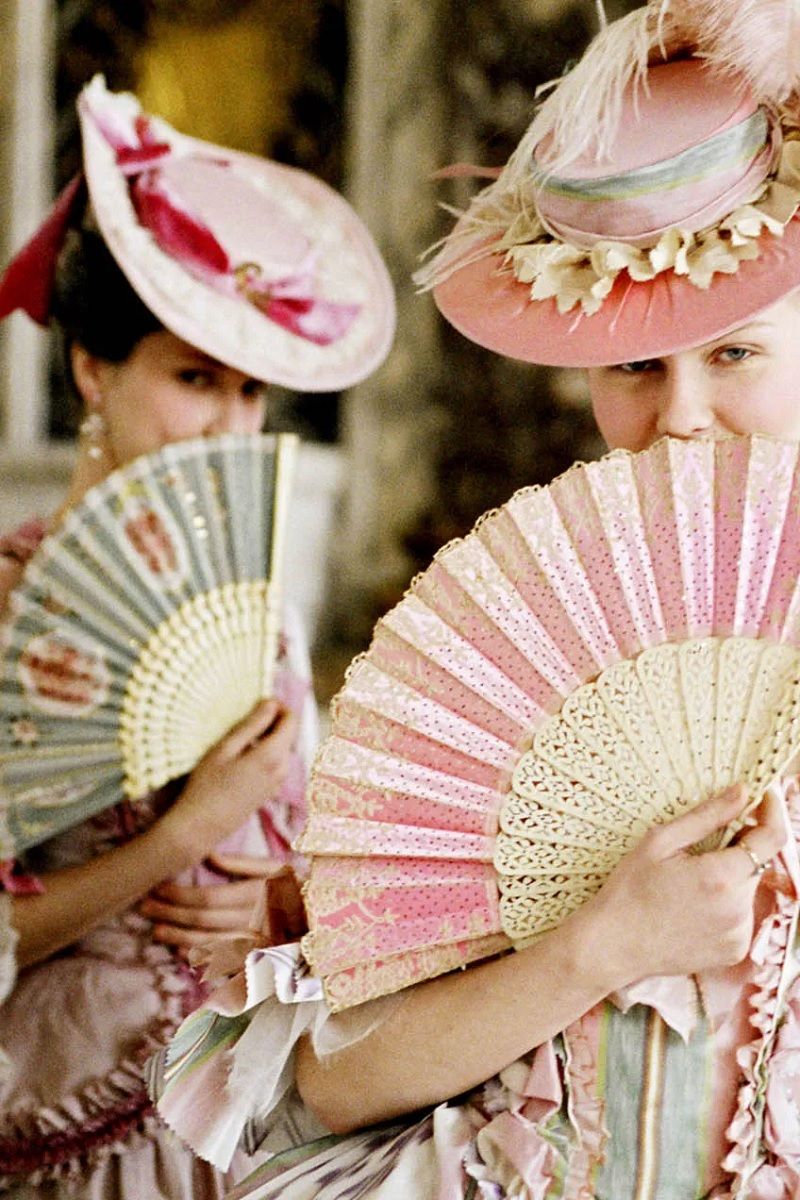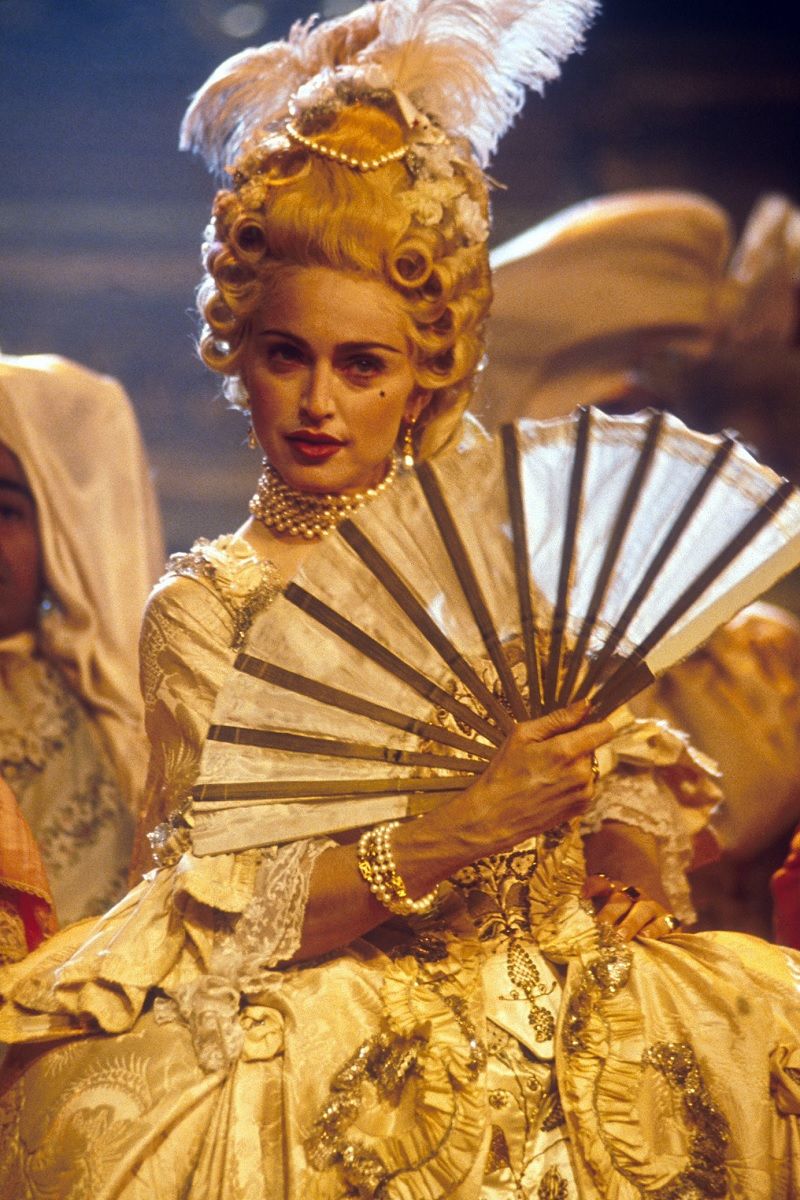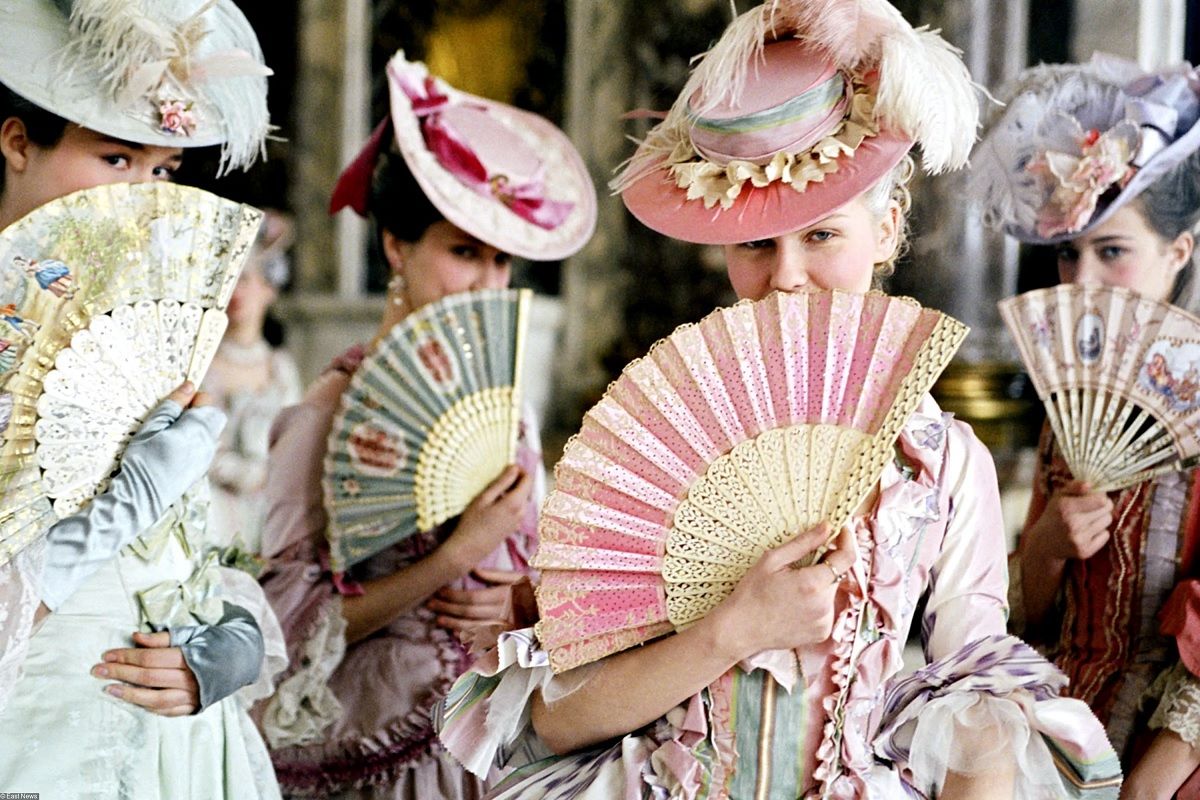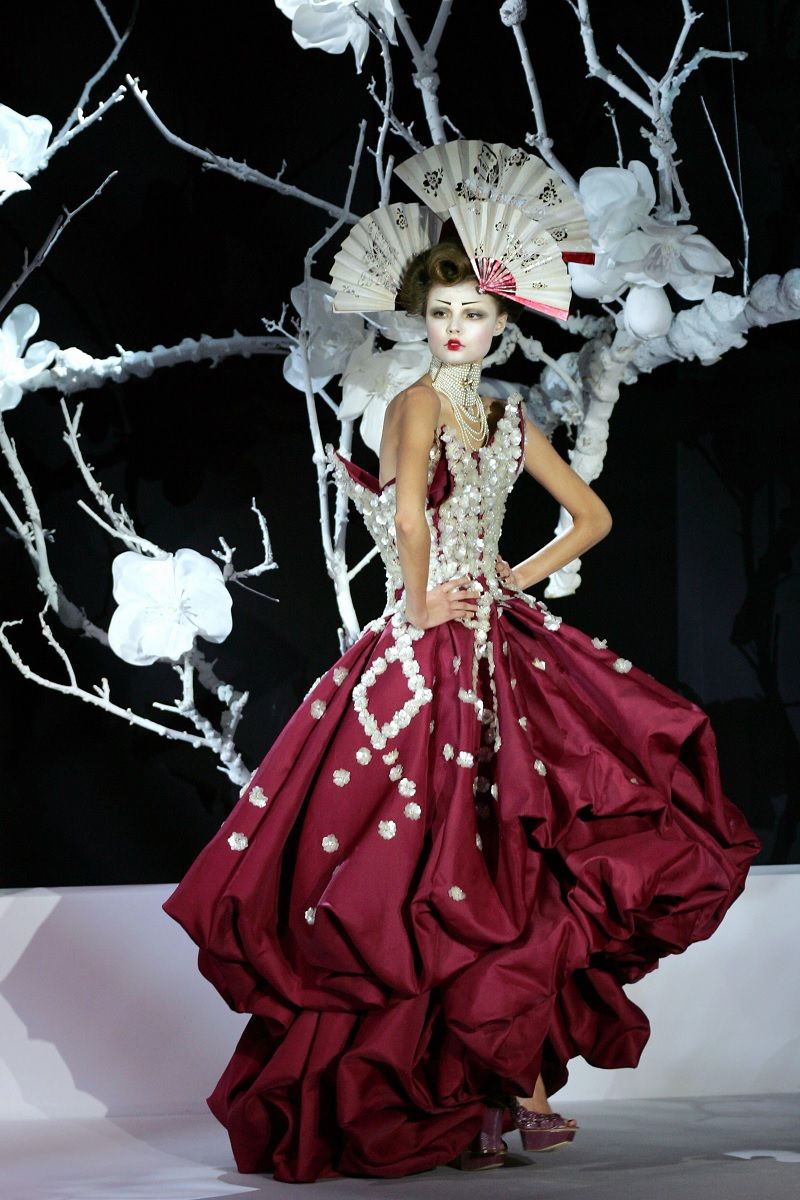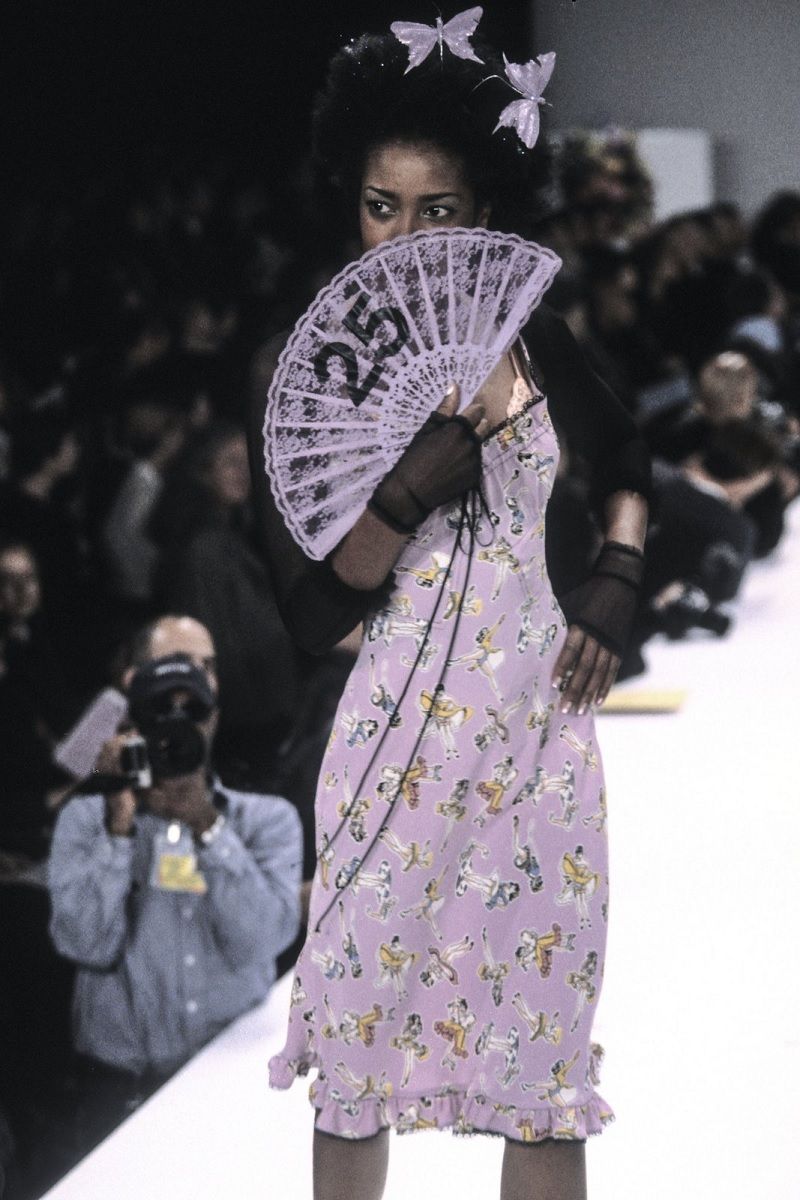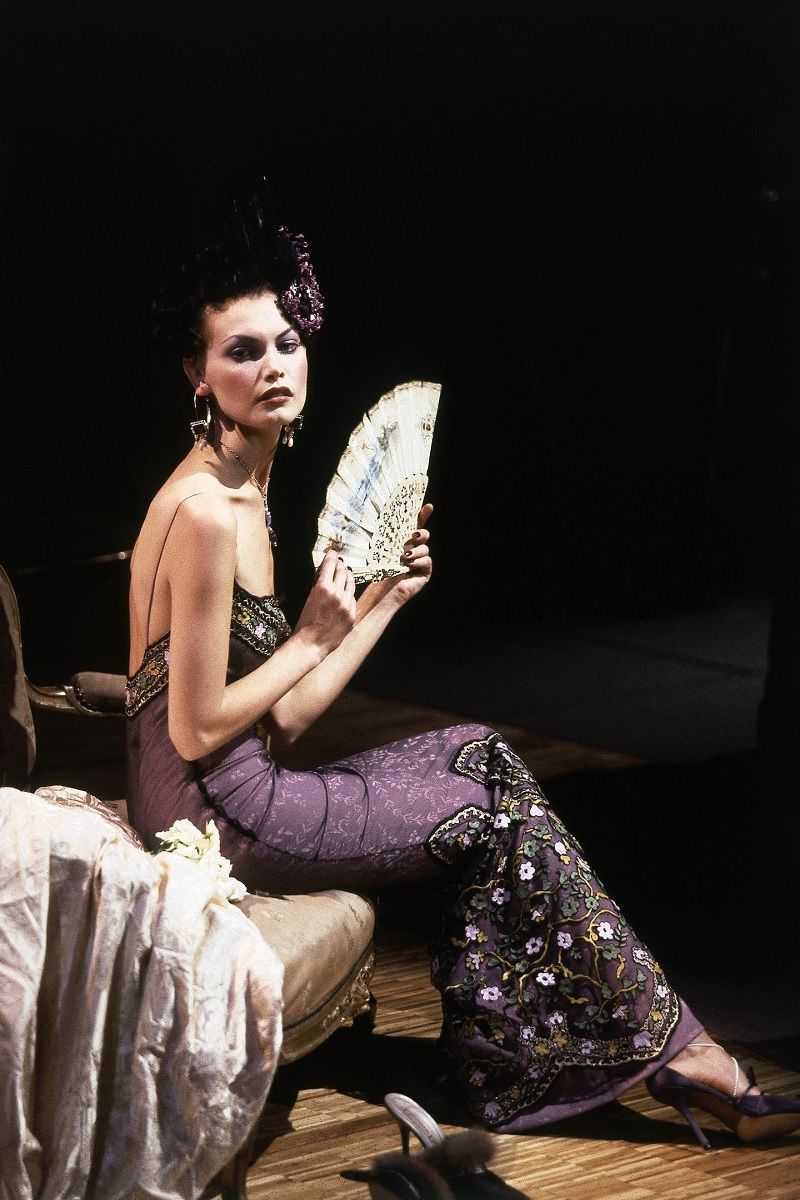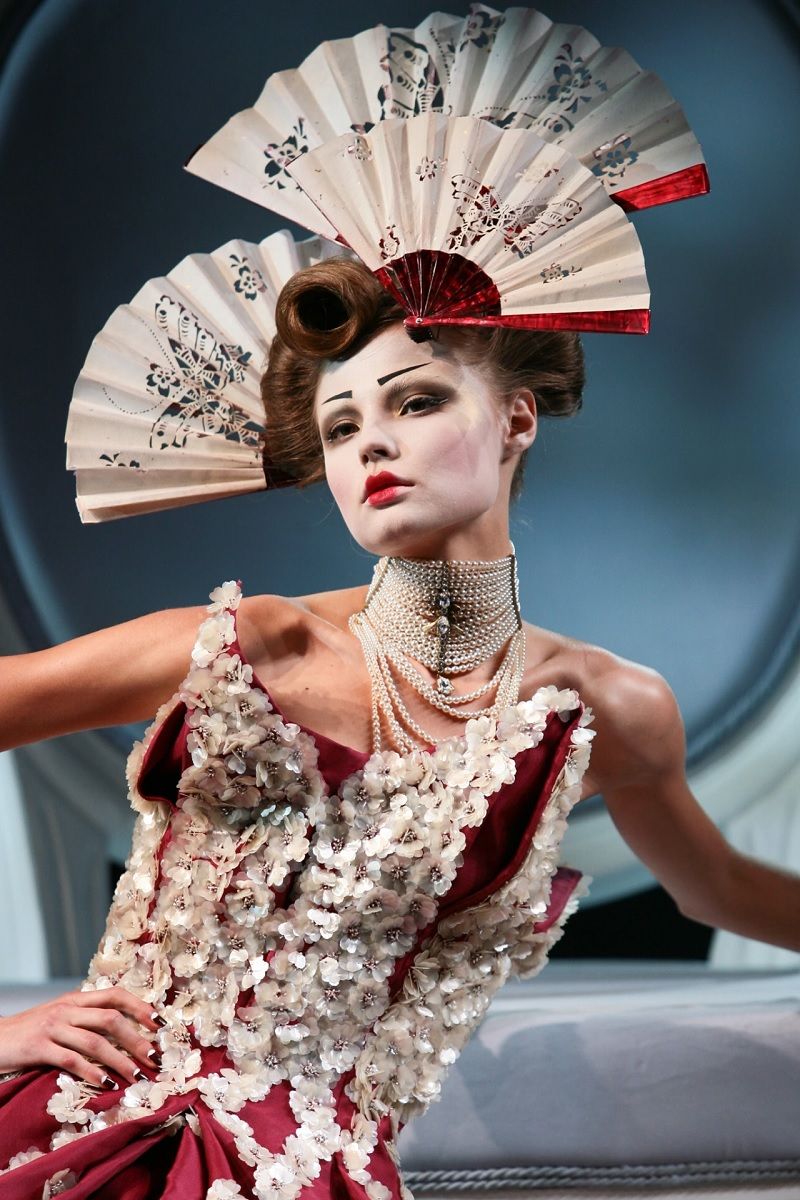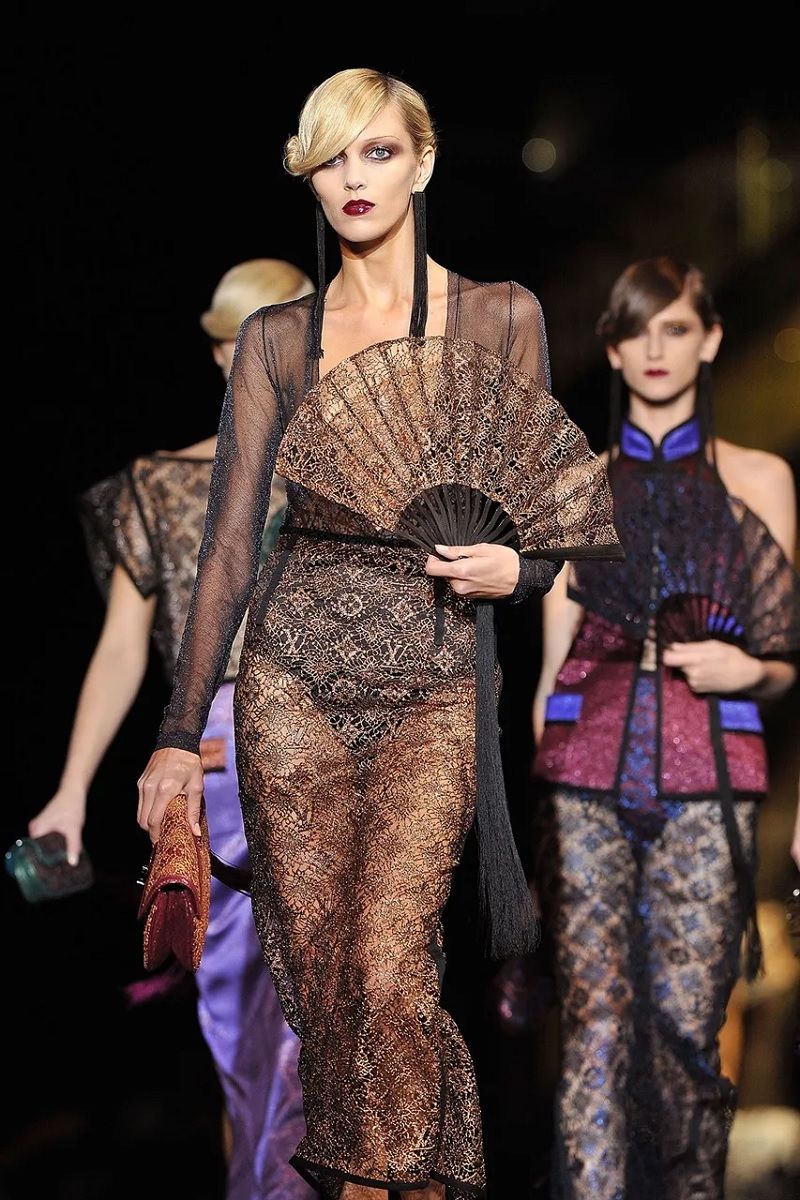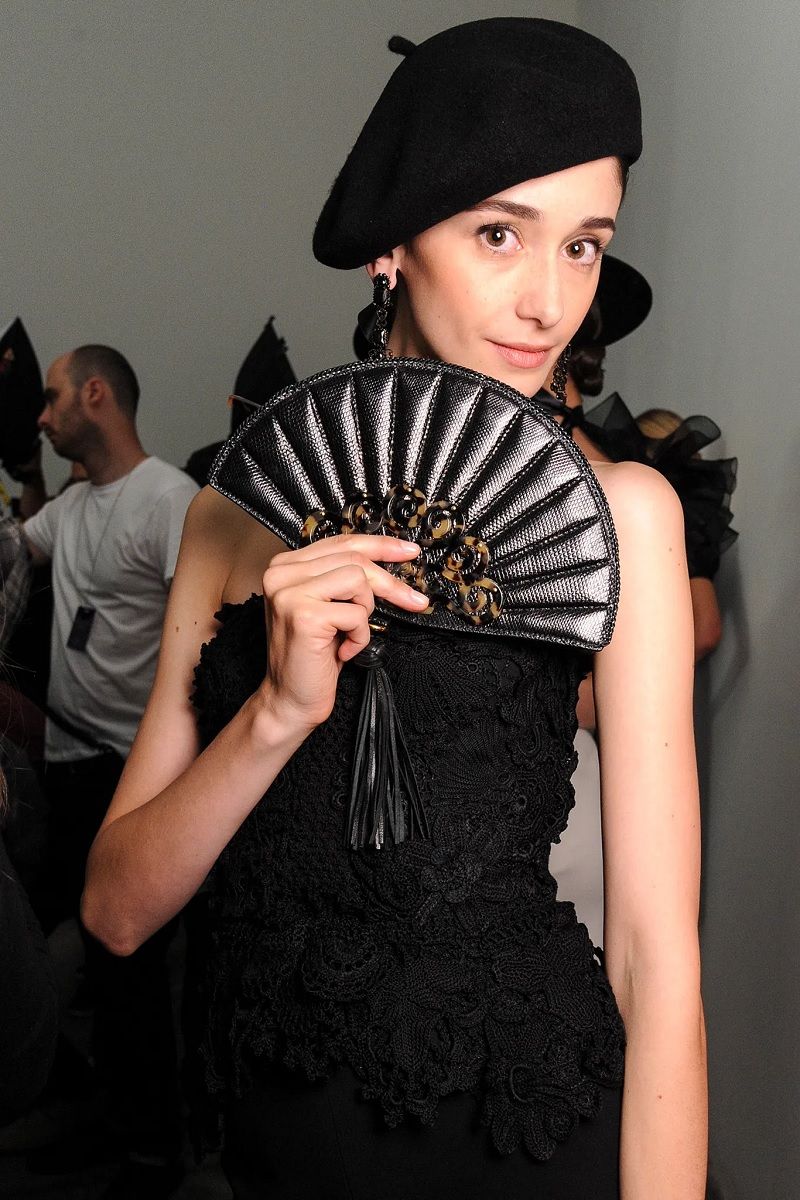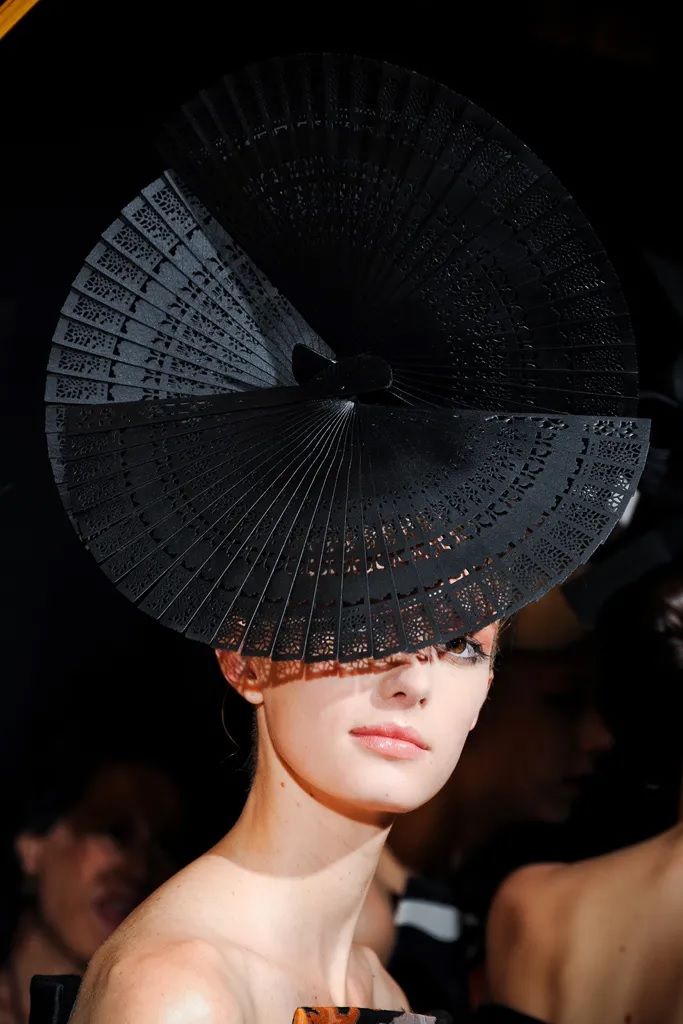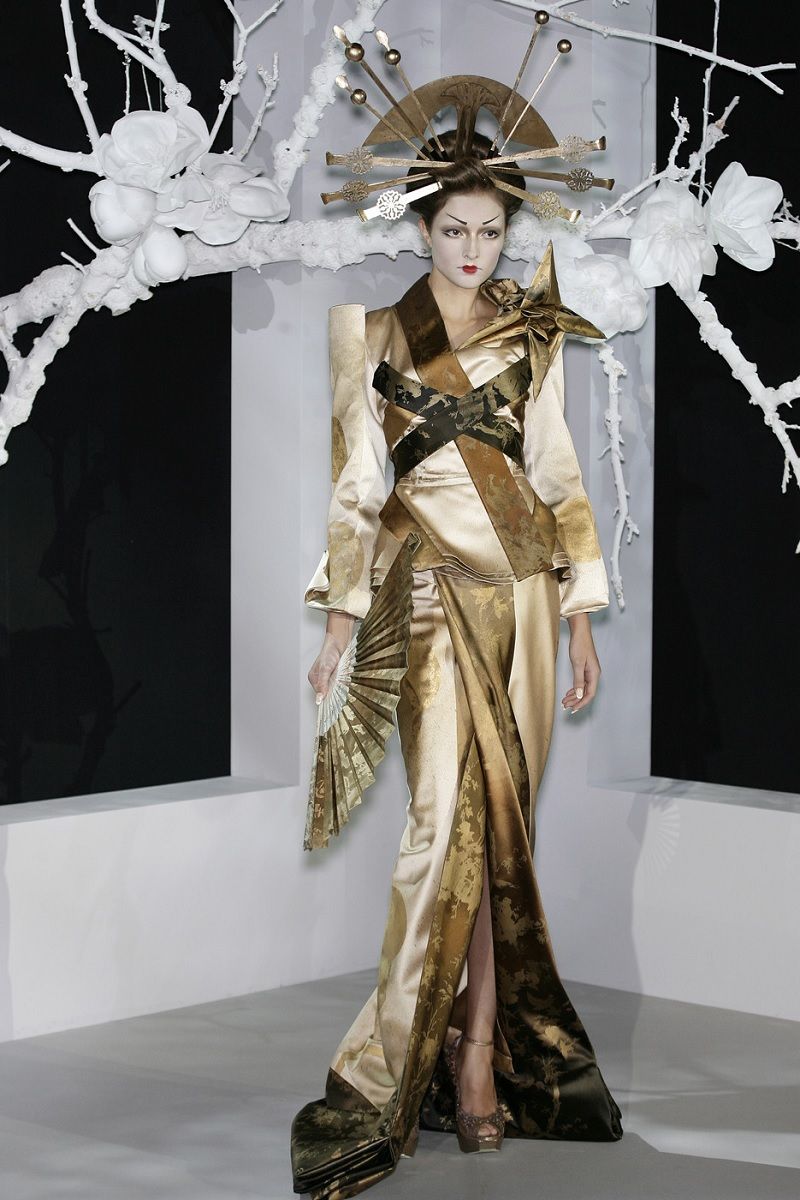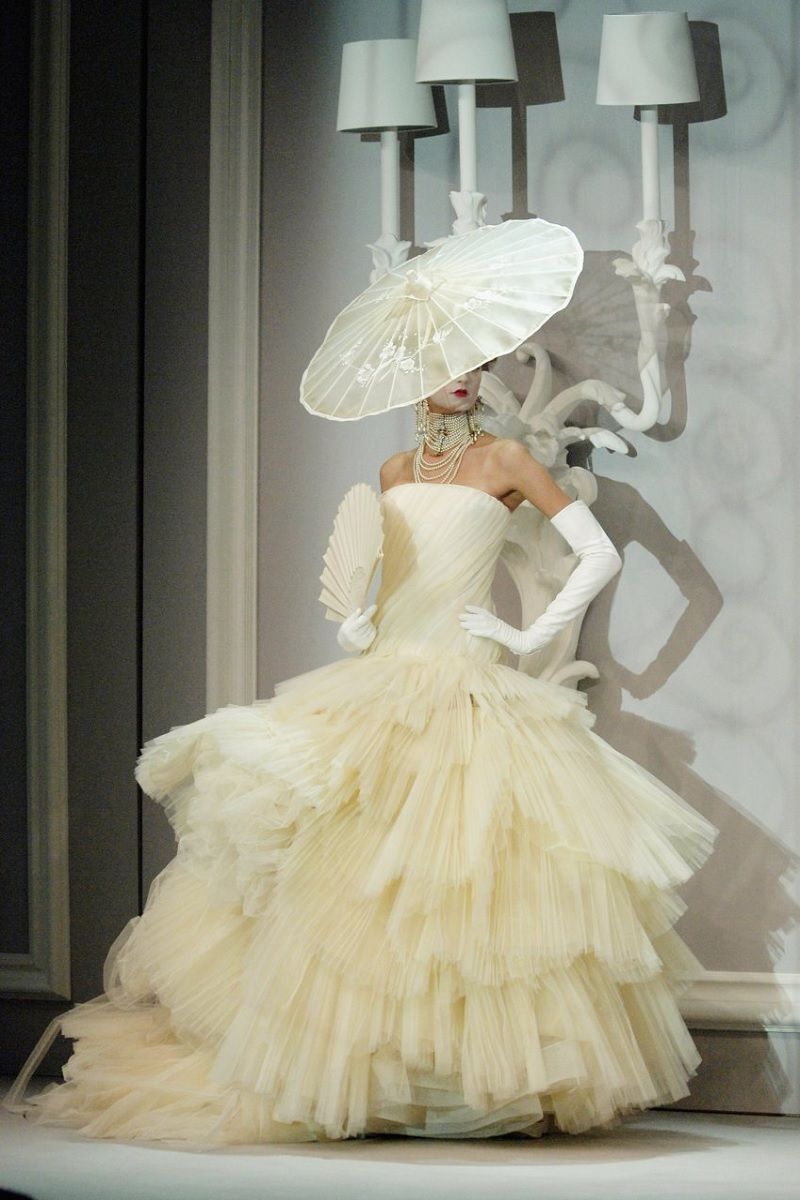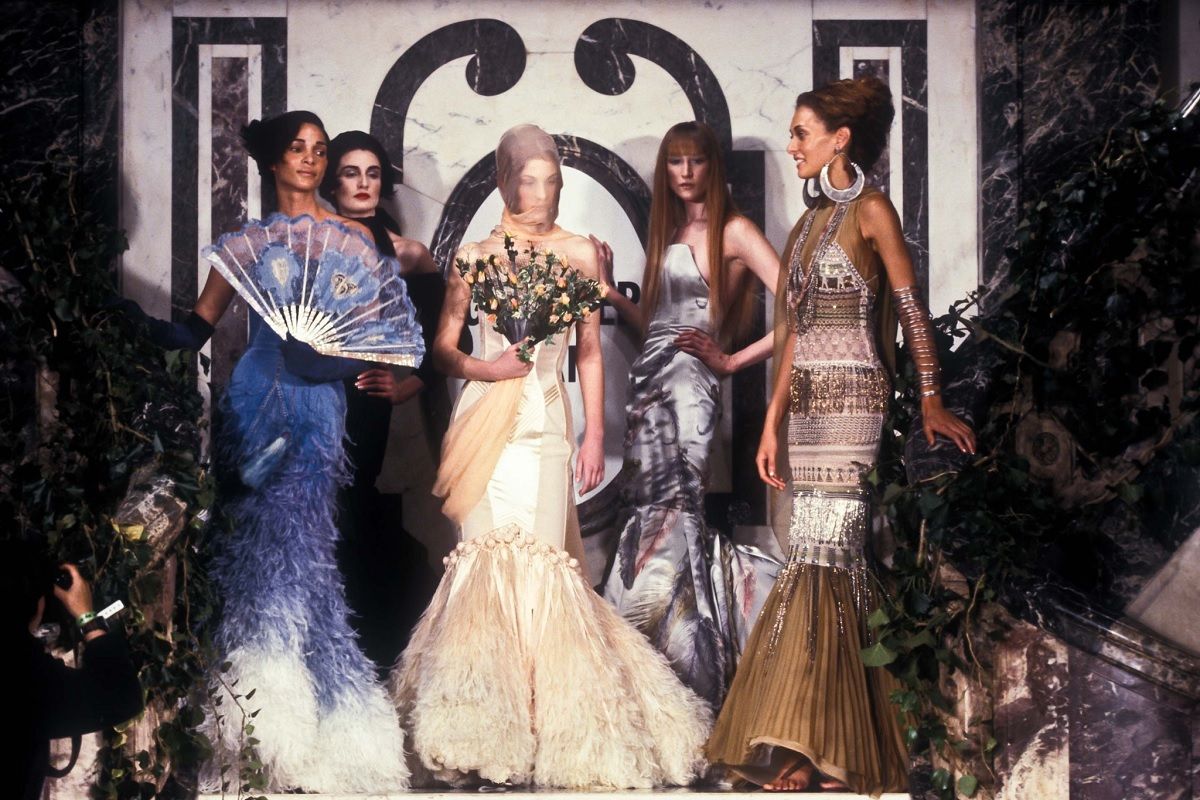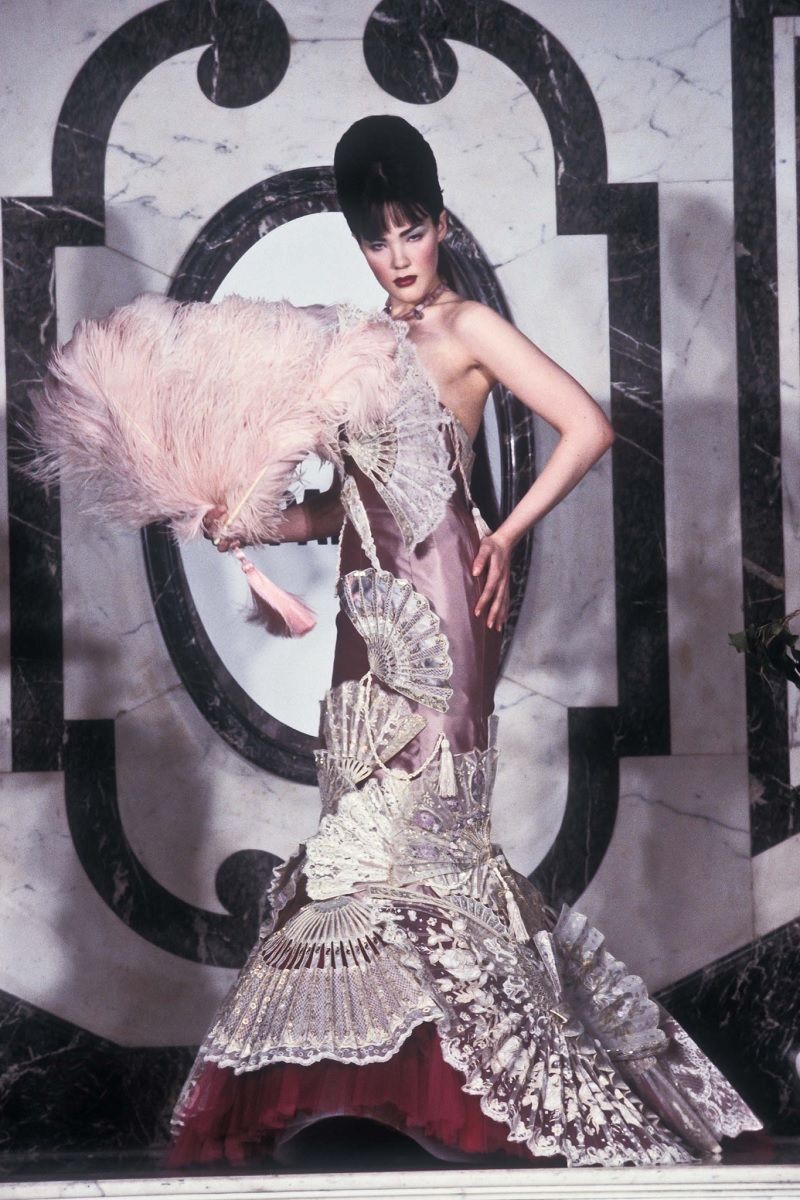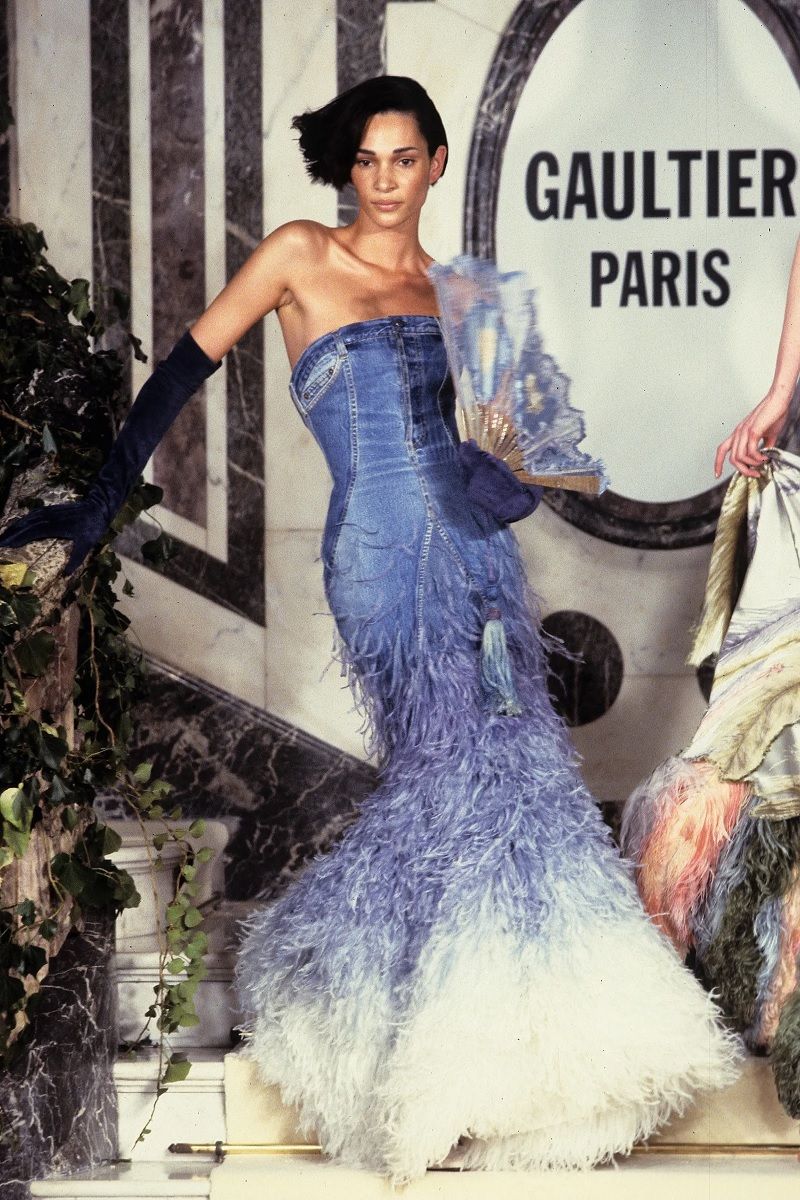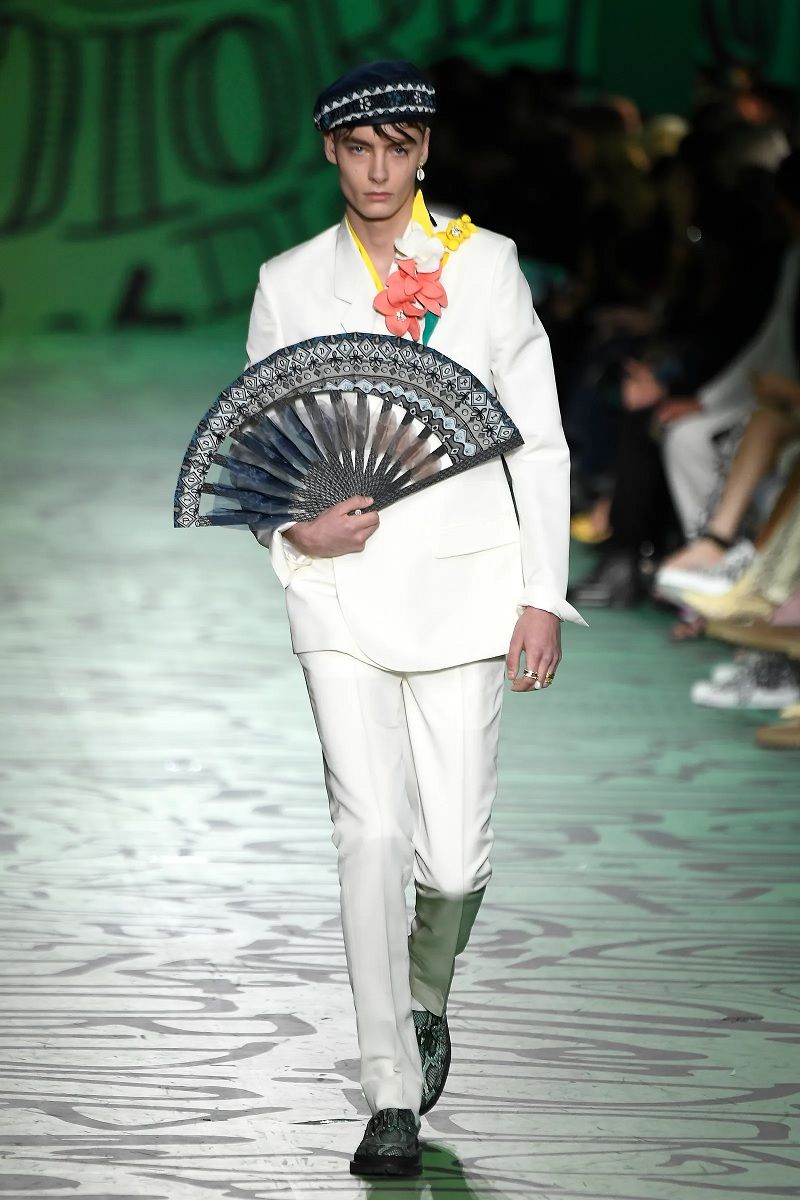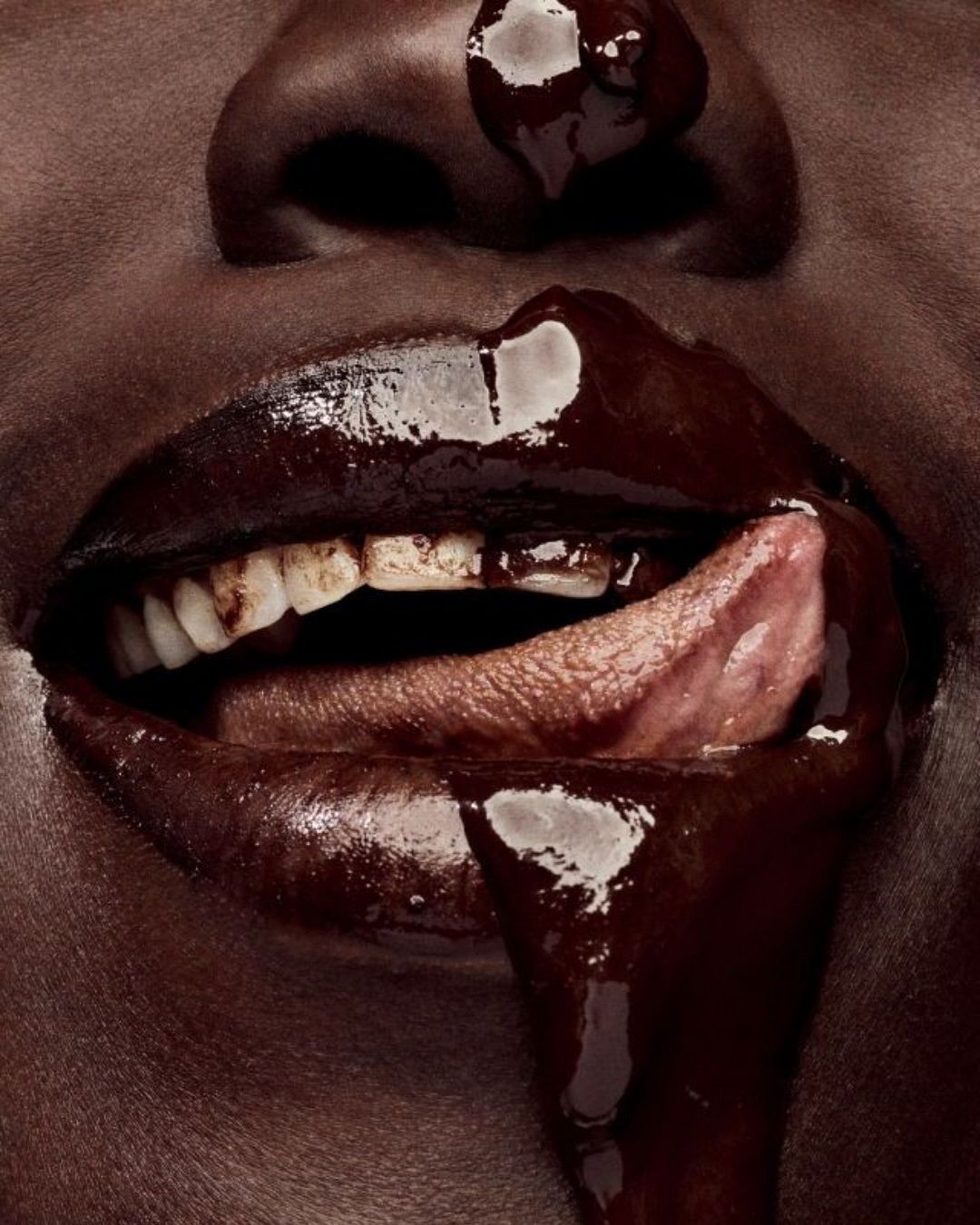
The folding fan is the topical accessory for summer 2022 Fan to survive
"God, it's hot in here" sang Nelly with her inseparable patch on her face back in 2002, a hit that, with the help of the nostalgia effect and scorching temperatures, would be the perfect soundtrack to this summer 2022. The heatwave has given no respite for months now and, as the dream of relaxing, cooling holidays in the mountains or by the sea draws closer for many, we need to find a way to survive. How? You drink plenty of water, dress in natural, breathable fabrics like a good Coastal Grandmother turn on fans and air conditioners. But in moderation, because witchcraft, blackouts and global warming chase us like the demons of the Upside Down in Stranger Things. The tips that the experts give us every year do not take into account journeys to the office, outdoor dinners with friends, walks to take the dog for a pee, or even fashion weeks. It is precisely the fashion addicts who are bringing back the world's oldest antidote to the antidote: the folding fan. Relegated a few years ago as a souvenir from trips to Spain and the Orient, as a relic inherited from grandmothers and mothers who spent most of our Mediterranean childhoods waving it around, the fan is once again becoming a protagonist, a real must-have in the front row of the latest fashion shows.
The hand fan has existed since the earliest days of civilisation. Ancient Egyptians, Etruscan Greeks and Romans used it for both cooling and ceremonial purposes; while as early as the 2nd century B.C. the Chinese had rigid bamboo fans, its folding version was invented by the Japanese between the 7th and 9th centuries and defined the status of the aristocratic classes and the samurai. From the East it spread to Europe towards the end of the 15th and the beginning of the 16th century to reach its period of maximum popularity during the 18th century, when it was sported by both men and women and became a must-have for all European nobility. Catherine de' Medici, was the first to introduce it in France, for Queen Elizabeth I it was a way to draw attention to her hands, which she considered one of her best features, and Marie Antoinette, as Sofia Coppola's film reminds us, considered it an essential accessory to complete her look. Made of sandalwood, bamboo, ivory, mother-of-pearl, paper, fabric, solid-colored, hand-painted with mythological scenes or flowers, the fan was more than just a tool to refresh oneself, declare one's status or flirt. It often served to speak a secret language, a bit like contemporary drag in which it is a kind of punctuation: holding it with your right hand in front of your face, for example, meant "Follow me", letting it slide down your cheeks was a way of saying "I love you", or moving it with your left hand was equivalent to "We are being watched". After the 20th century it fell into disuse, relegated to the traditions of specific parts of the world or categories such as burlesque dancers who still use them in their shows. The fashion world, however, has never stopped loving it and proposing it on the catwalk. Among its greatest admirers have been Karl Lagerfeld and John Galliano, who chose it as an accessory in several of the fashion shows held in the 1990s for Dior, while more recently Maria Grazia Chiuri re-proposed it for Dior 2023 resort collection held in Seville and inspired by flamenco dancer Carmen Amaya and the Andalusian aesthetic.
In this canicular summer, the foldinf fan returns to wave in our hands, making us rediscover a gesture that has something old-fashioned and irresistibly chic, even snobbish, about it, but which is actually extremely democratic. There are fans of every material, colour and price: from those offered by local market stalls to low-cost chains such as Flying Tiger, from the handmade creations of @duvelleroy and @ventaglipintamialma to the luxury ones of Dior and Supreme. Our advice, buy them vintage to own an always cool and functional object.



















































